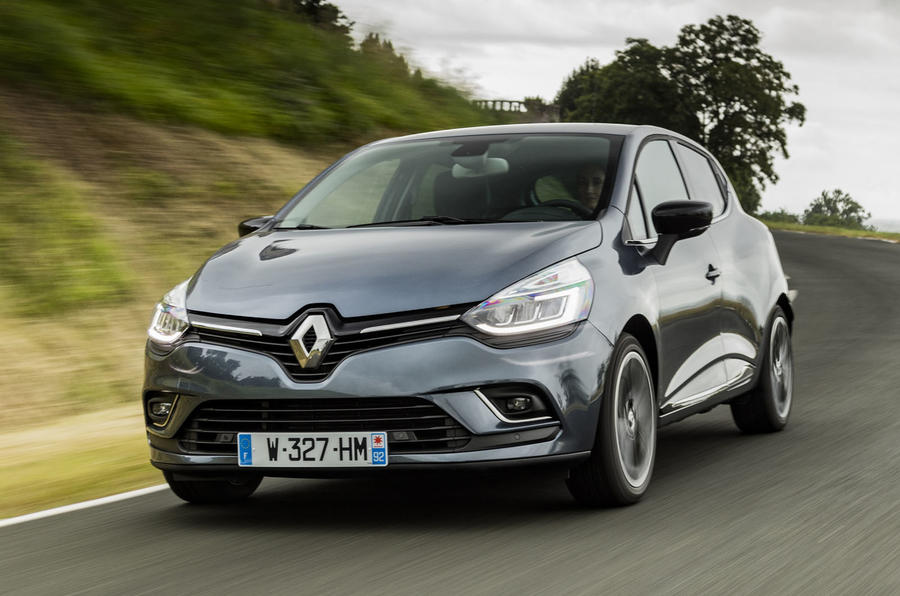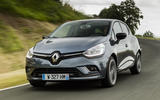The 1.5-litre diesel engine is a familiar one, being the same motor that’s found under the bonnet of the Nissan Qashqai. But with the Clio being a considerably smaller, lighter car, the performance here is usefully nippy.
While the 0-62mph time is nothing to write home about, it’s the sizable reserves of torque found low in the rev range that make the dCi 110 feel pleasingly muscular for a supermini. Even in sixth gear at motorway speeds, it’ll happily pick up the pace for overtaking or slog up steep hills.
Like in other installations, the engine impresses with its refinement. At a steady speed, the motor settles to a quiet hum in the background, while the stop-start system is impressively unintrusive. Sure, you still hear a distant diesel clatter at idle and it sounds coarse beyond 3000rpm, but it’s still one of the better small oil-burners out there.
Although Renault has made some changes to the chassis, they aren’t enough to fundamentally change the way the Clio rides and handles. That means this remains a supermini that can’t quite match the Ford Fiesta for driver involvement, but it still offers a broad repertoire of talents.
Driven in a sedate and sensible manner, the Clio impresses with its ability to soak up bumps like a larger car. It may still get a little bobbly over particularly scarred surfaces, but the 17in wheels of our test car won’t have helped. Besides, there’s only so much you can do with a simple twist beam rear end.
It feels like a bigger car on the motorway. At speed, it offers a great feeling of stability that you wouldn’t necessarily expect. While you could argue that a Skoda Fabia also does this very well, the Clio is the more enjoyable car to drive on a winding road.
The faster steering rack gives the Clio a little bit more agility without making it feel nervous, and it’s still easy to place the nose exactly where you want it. There may not be a great deal of feedback, but it’s still possible to have some fun.
Despite the soft springing, body control is good and there isn’t too much roll. Admittedly the lighter-nosed TCe petrol feels even keener to corner hard, but the diesel is happy enough to raise its game when you up the pace.
Once inside, you’ll probably be even harder pushed to notice what Renault has changed. Visibly, there are some new seat fabrics (mmmm, velour), matt chrome instead of shiny chrome and the new infotainment system on base models. No, you have to get a bit touchy-feely to notice the differences. Contact points have been made plusher, with softer plastics and different leather for the steering wheel. Yes, there is still hard plastic if you go looking for it, but the bits that matter feel better.























Join the debate
Add your comment
Surely this renders the dCi
Motormouths wrote:
I wouldn't have thought so. The 90bhp car comes in a lesser spec, which would suit most buyers.
Motormouths wrote:
I wouldn't say so, I have a dci90 with a dci110 on order. The 5 speed box has mega long gears meaning it never really feels like it needs a 6th gear at cruising, but you pay for it around town where the gearing is mega long and hard to keep the car 'on the boil'
Our previous car was a mk3 dci 106 with the 6 speed box and it was much nicer around town even dragging the extra weight